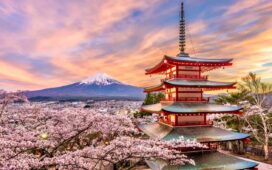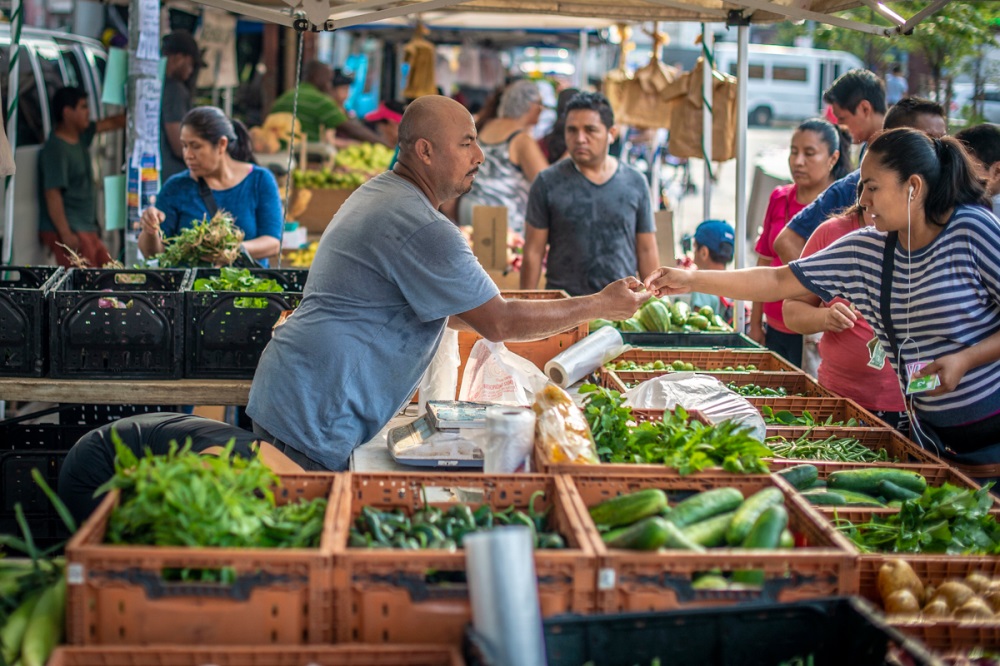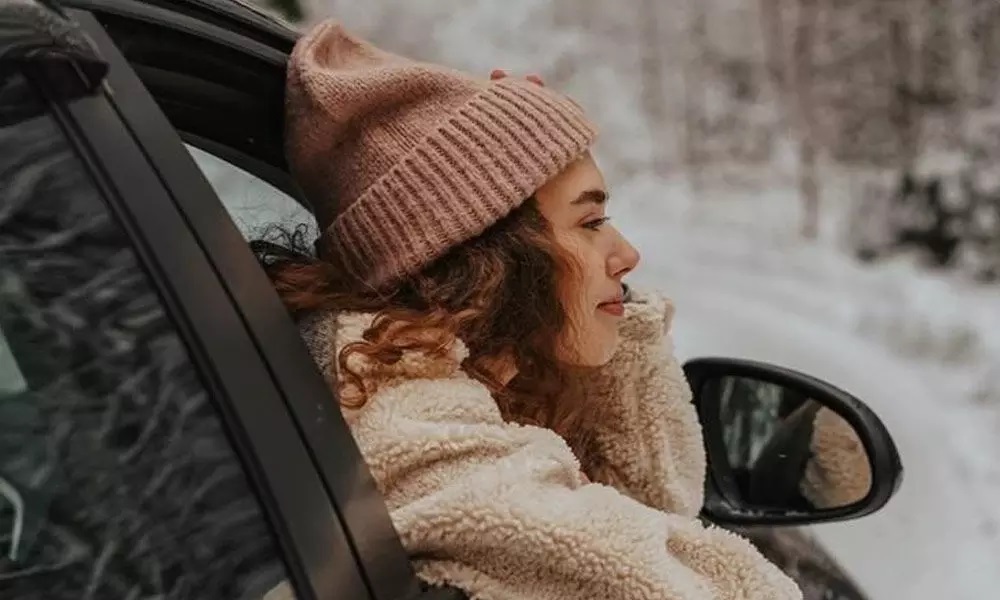They loom on the horizon, shrouded in shadows and whispers of the unknown. Haunted houses, these architectural anomalies, stand as testaments to a time gone by, their windows like vacant eyes peering out at the world. But within their dusty halls and creaky floorboards lies a peculiar allure – a chance to confront our fears and embrace a thrill unlike any other.
The concept of the haunted house is deeply rooted in our fascination with the supernatural. Across cultures and throughout history, stories of restless spirits and vengeful phantoms have captivated imaginations. Haunted houses offer a tangible connection to these narratives, a chance to step into a world where the veil between the living and the dead is thin.
A Journey Through Time: The Evolution of the Haunted House
The origins of haunted houses can be traced back centuries. In Europe, ghost stories were often associated with ancient castles and ruins, believed to be haunted by the spirits of former residents or victims of violence. In Asia, haunted houses were sometimes linked to specific folklore or religious beliefs, with spirits being appeased or exorcised through rituals.
The modern haunted house experience, however, emerged in the 18th and 19th centuries. The rise of the Gothic novel, with its focus on macabre settings and supernatural elements, fueled public interest in all things spooky. Enterprising individuals began to capitalize on this fascination, creating elaborate “ghost shows” featuring staged hauntings and spooky theatrics. These early haunted houses often relied on illusions, magic tricks, and macabre displays to evoke fear and wonder.
The 20th century saw a shift towards more immersive haunted house experiences. Technological advancements allowed for the use of sound effects, lighting tricks, and animatronics to create a more realistic and terrifying atmosphere. Haunted houses became a staple of amusement parks and seasonal attractions, offering a thrilling escape from the everyday.
Beyond the Screams: The Psychology of the Haunted House
The enduring appeal of the haunted house can be attributed to several psychological factors. Firstly, it allows us to experience controlled fear in a safe environment. The knowledge that the scares are staged provides a sense of security, allowing us to indulge in the adrenaline rush without facing real danger.
Secondly, haunted houses tap into our sense of curiosity. We are inherently drawn to the unknown and the unexplained. Stepping into a haunted house is a way to explore the boundaries between the real and the imagined, to confront our fears of the afterlife and the darkness that lurks within.
Finally, haunted houses can be a form of social bonding. Sharing the experience with friends or family creates a sense of camaraderie and shared laughter (or screams). The collective fright becomes a memory, a story to be retold and a testament to our ability to face our fears together.
The Future of Fright: Innovation and the Haunted House Experience
The future of haunted houses promises to be even more immersive and interactive. Virtual reality technology offers the potential for truly mind-bending experiences, transporting participants to haunted locations around the world or even into the depths of their own nightmares. Additionally, the rise of “escape room” style haunted houses prioritizes puzzle-solving and problem-solving skills alongside the traditional scares, creating a more intellectually engaging experience.
Whether fueled by childhood curiosity or a yearning for a good scream, haunted houses continue to hold a powerful grip on our imaginations. They offer a unique blend of fear, excitement, and social connection, providing a safe space to confront our fears and revel in the thrill of the unknown. So next time you find yourself drawn to the shadows cast by a darkened house, remember – the chill within might just be the start of an unforgettable adventure.












